Mole Mexican: A Flavorful Journey Through Mexico’s Most Iconic Sauce
Table of Contents
What Is Mole Mexican?
Mole Mexican, often referred to simply as mole, is one of the most iconic and complex sauces in Mexican cuisine. It's not just a condiment—it's a cultural symbol, a flavor bomb, and a testament to the rich culinary heritage of Mexico. But what exactly is mole? The term 'mole' translates to 'sauce' in Spanish, but this sauce is far from ordinary.
The origins of mole are steeped in history. Some say it was first created by nuns in Puebla in the 16th century, while others believe it has roots in pre-Hispanic traditions. What we do know is that mole is a blend of multiple ingredients—chiles, spices, chocolate, nuts, seeds, and more—that come together to create a deep, layered flavor profile that can range from sweet to savory, spicy to smoky.
Now, when people ask, what is mole mexican, they’re often looking for a simple explanation, but the truth is, mole is anything but simple. It’s a complex dish that requires time, patience, and a good understanding of flavors.
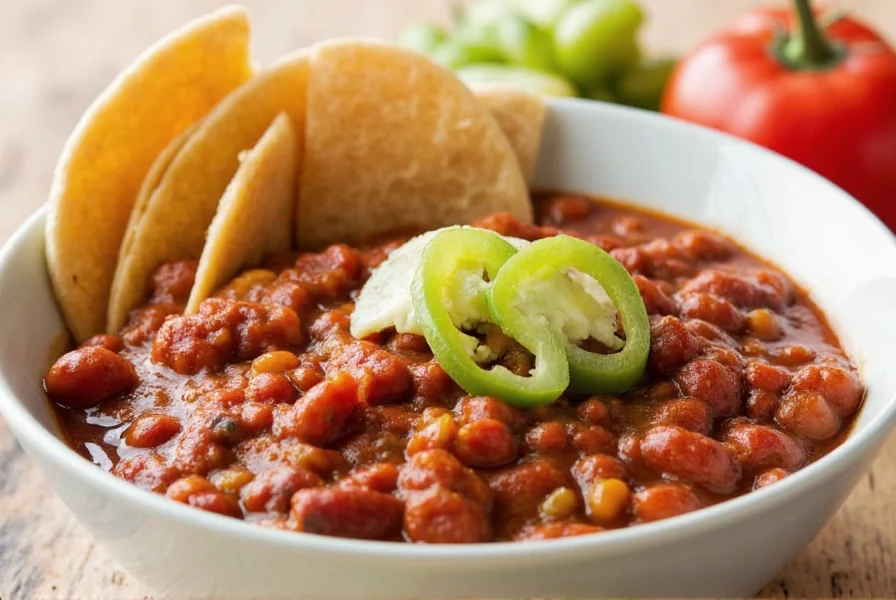
Types of Mole
There are several types of mole, each with its own unique characteristics. Here are some of the most popular ones:
| Mole Type | Description |
|---|---|
| Mole Poblano | This is the most famous type of mole. It includes chili peppers, tomatoes, onions, garlic, almonds, sesame seeds, and dark chocolate. It's rich, slightly sweet, and often used in dishes like enchiladas or tacos. |
| Mole Negro | Also known as black mole, this version is darker and richer. It uses dried chiles, chocolate, and spices like cinnamon and cloves. It's commonly found in Oaxaca and is often served with chicken or pork. |
| Mole Rojo | Red mole is made with red chiles and is less sweet than other varieties. It's a staple in many Mexican dishes and pairs well with meats like beef or pork. |
| Mole Verde | Green mole is lighter in color and typically made with tomatillos, herbs, and green chiles. It has a fresher, brighter taste and is often used in soups or with poultry. |
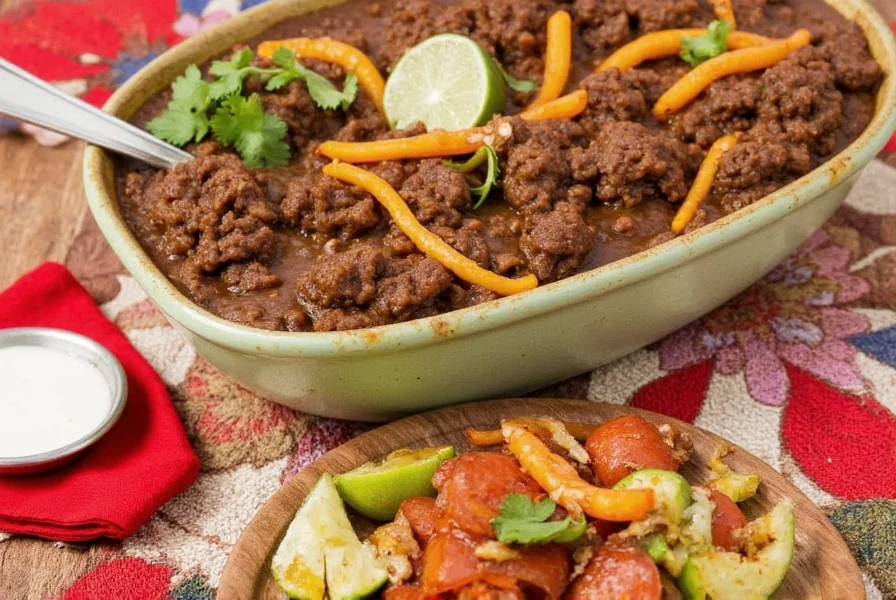
How to Cook Mole
Cooking mole is an art form. It takes time, patience, and attention to detail. While there are countless variations, here's a general guide to making a basic mole:
- Start with the base: Toast chiles, nuts, and seeds to bring out their natural oils and enhance their flavor.
- Add aromatics: Sauté onions, garlic, and tomatoes to build a strong foundation.
- Layer the flavors: Add spices like cumin, cinnamon, and cloves. Then stir in chocolate, which gives mole its signature depth.
- Simmer and adjust: Let the mixture simmer for hours, adjusting seasoning as needed. The longer it simmers, the better it tastes.
One of the challenges of making mole is achieving the right balance of flavors. Too much spice, too much sweetness, or too little depth can ruin the dish. That’s why many people prefer to use store-bought mole pastes or pre-made sauces if they're short on time.
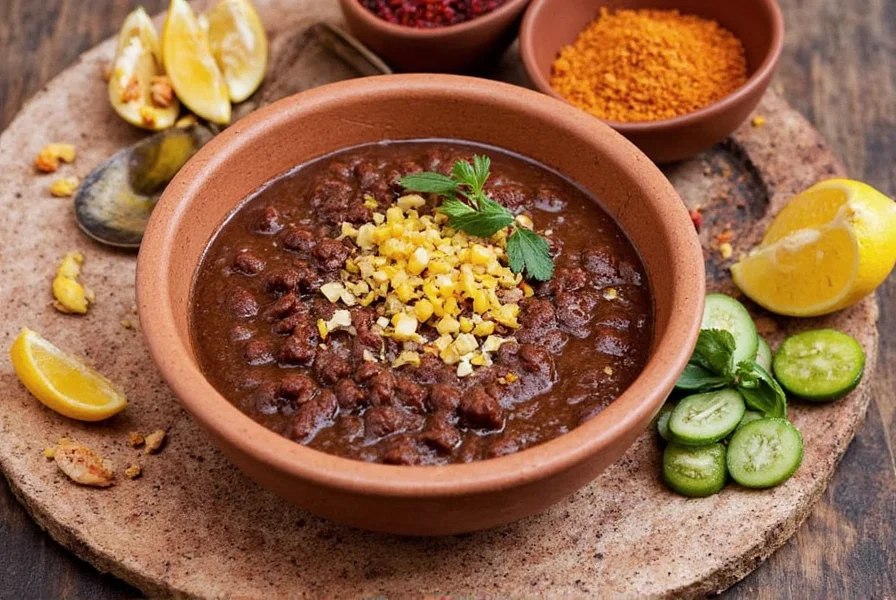
Practical Tips for Using Mole
If you're new to mole, here are some tips to help you make the most of it:
- Use it as a sauce: Mole works great over chicken, pork, enchiladas, or even on rice.
- Pair it with beer or wine: Mole pairs well with light beers, especially lagers, or medium-bodied red wines.
- Experiment with recipes: Try using mole in different ways—like adding it to stews, mixing it into dips, or even using it as a marinade.
- Store it properly: Once made, mole can be stored in the fridge for up to a week or frozen for longer storage.
- Don’t be afraid to customize: Mole is highly customizable. Feel free to add your favorite spices or ingredients to suit your taste.
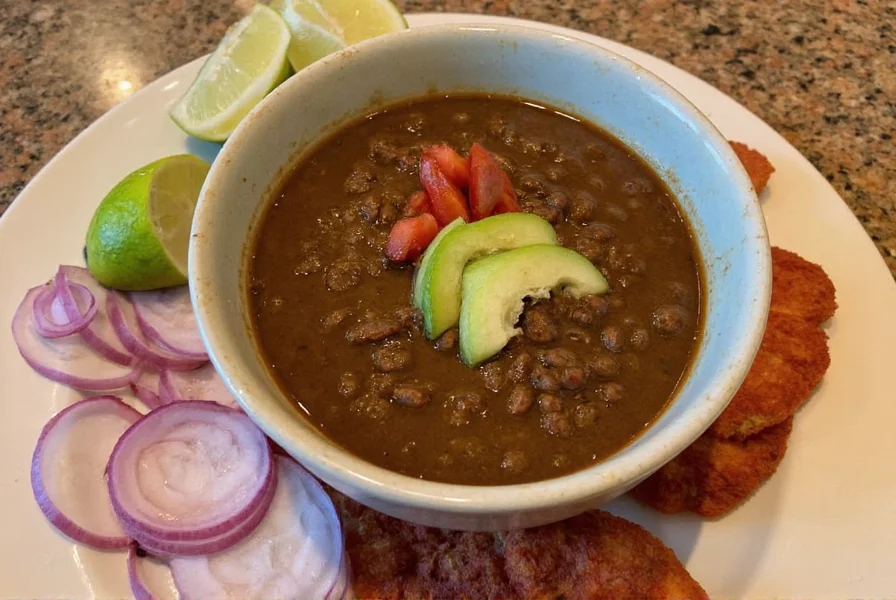
Buying Guide for Mole Products
If you don't have the time or confidence to make mole from scratch, there are plenty of high-quality mole products available on the market. Here are some top options:
1. La Costeña Mole Poblano
Features: This ready-to-use mole sauce is perfect for quick meals. It has a balanced mix of sweet and spicy notes.
Advantages: Easy to use, consistent quality, and widely available.
Use Cases: Ideal for enchiladas, tacos, and grilled meats.
Target Audience: Home cooks who want to enjoy mole without the hassle of preparation.
Suitable Occasions: Weeknight dinners, casual gatherings, or family meals.
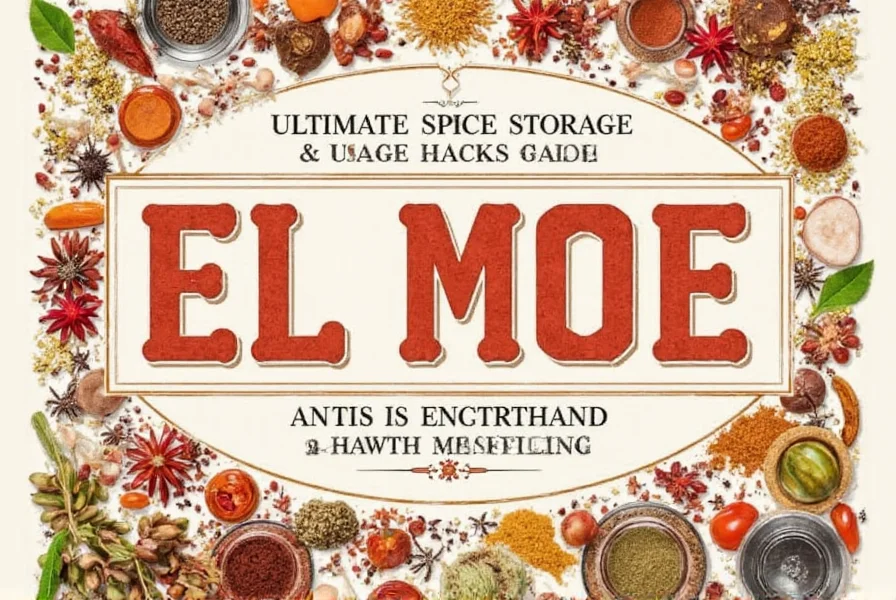
2. Alacran Mole Poblano
Features: This brand is known for its authentic, slow-cooked mole. It contains traditional ingredients like chocolate, chiles, and nuts.
Advantages: Rich flavor, no artificial additives, and ideal for those who appreciate homemade-style taste.
Use Cases: Great for special occasions, holiday meals, or when you want a deeper flavor.
Target Audience: Enthusiasts and serious home cooks who value authenticity.
Suitable Occasions: Parties, celebrations, or dinner parties where presentation matters.
3. Chocaflores Mole Negro
Features: A traditional black mole made with a variety of chiles, chocolate, and spices.
Advantages: Complex flavor, smooth texture, and great for pairing with roasted meats.
Use Cases: Perfect for serving with chicken, pork, or even on bread.
Target Audience: Those who love bold, rich flavors and are interested in regional Mexican cuisine.
Suitable Occasions: Special events, festive meals, or when you want something truly indulgent.
Conclusion
In summary, mole Mexican is more than just a sauce—it's a culinary treasure that represents the soul of Mexican cooking. Whether you're a seasoned chef or a curious food lover, exploring mole is a journey worth taking. Understanding what is mole mexican helps you appreciate its complexity, versatility, and deep-rooted tradition.
With the right tools, ingredients, and a bit of creativity, you can bring the magic of mole into your kitchen. So next time you're thinking about what is mole mexican, remember: it's not just about the ingredients, but the story, the culture, and the passion behind every drop.
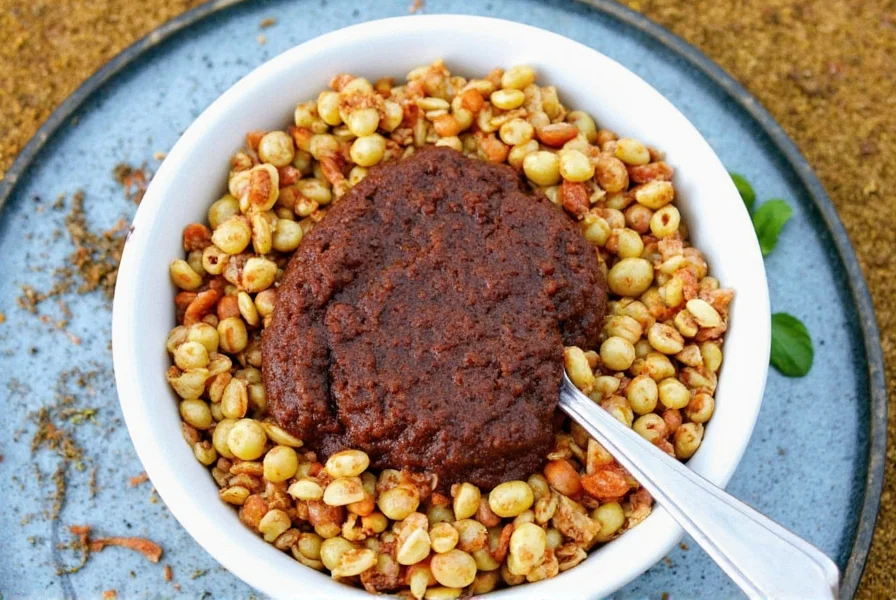
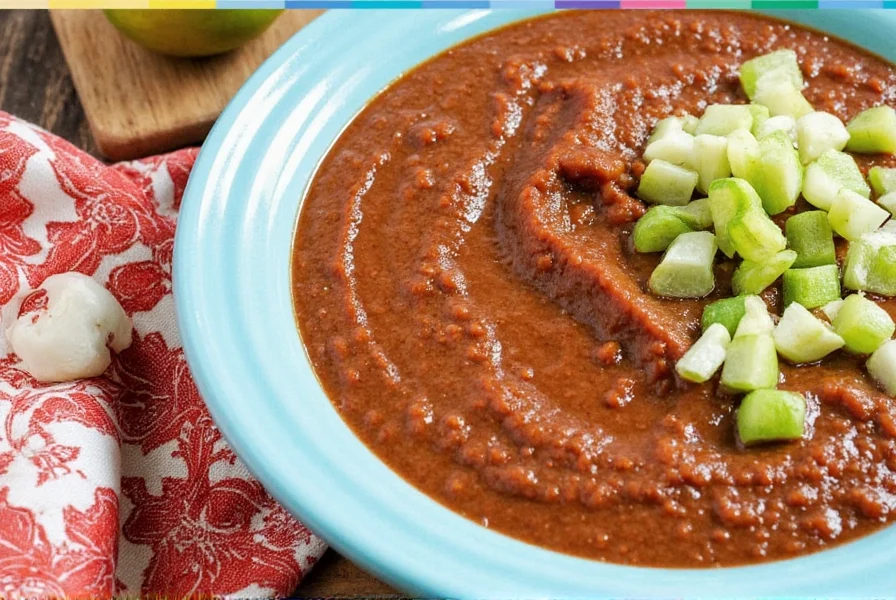

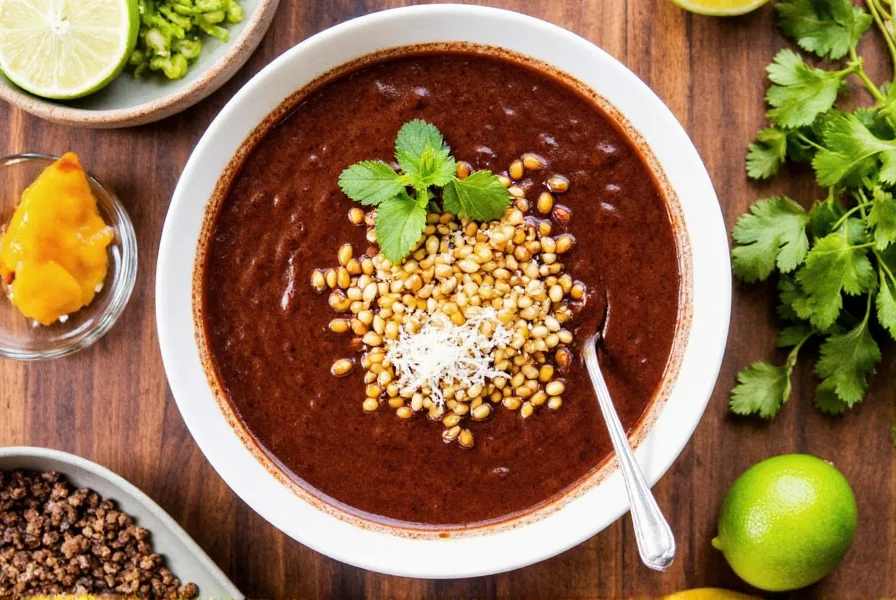









 浙公网安备
33010002000092号
浙公网安备
33010002000092号 浙B2-20120091-4
浙B2-20120091-4